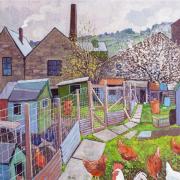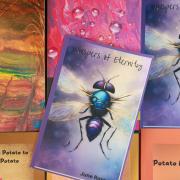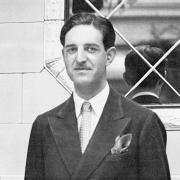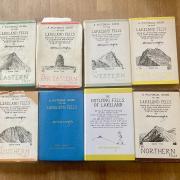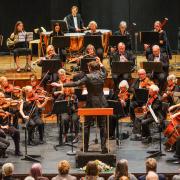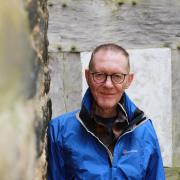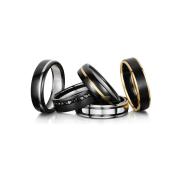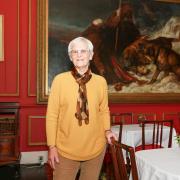Medals presented to a World War One soldier from Warrington are among the highlights at a military museum in Preston

Behind each of the thousands of medals in the collection at the Lancashire Infantry Museum lies a story. Some tell of bravery and derring-do, others of incredible experiences in unimaginable circumstances and still more of ordinary people doing extraordinary things in a corner of a foreign field.
The museum is housed a warren of rooms at Fulwood Barracks in Preston and charts the history of the East, South and Loyal North regiments and their predecessors dating back to 1689. Items on display there include uniforms, weapons and all manner of military regalia, most of which were donated to the museum by ex-servicemen or their families.
Last year though, the museum launched a fundraising effort to allow it to buy a set of medals presented to a remarkable soldier from Warrington.
Captain Sam Boast enlisted in 1909 and served all through World War One, initially as a Corporal. He was wounded in the first battle of Ypres and in 1916 was granted commissioned rank. He won a Military Cross for gallantry in 1918 and was mentioned in despatches.
His two brothers also served with the South Lancashires – which eventually became the Queen’s Lancashire Regiment, and is now the Duke of Lancaster’s Regiment – as did his father and uncle, who were both awarded Military Crosses.
In the 1920s, the officers of the South Lancashire Regiment decided to commission a silver statue to serve as a memorial to all their brother officers who had died in the war and Sam was selected to be the model. The statue still stands in the Officer’s Mess of the Regiment’s 1st Battalion in Gibraltar, where, by tradition, it is never polished, to represent the mud and the grime of the Flanders trenches. The top of his steel helmet, though, is shiny from being rubbed for good luck by the generations of officers who have followed him.
Sculptor Reid Dick, whose work also includes a number of war memorials and the statue of King George V outside Westminster Abbey, was commissioned to make a silver statuette of a junior officer in field service uniform.
‘He was chosen as the model because the family had an extraordinary military record,’ said Lt Col John Downham MBE DL, the chair of the Lancashire Infantry Museum trustees. ‘Sam Boast is an iconic soldier for the regiment.’
Sam’s Military Cross and World War One service medals were put up for auction in London by an anonymous overseas seller last year, sparking a flurry of appeals to museum supporters and former members of the regiment as the museum tried to raise the necessary funds.
‘Arguably, for our regiment, there is no more iconic group of World War I medals than Sam’s and although the museum is asset rich, we are financially impoverished, so we asked people to donate and we had a fantastic response.
‘In the end we were remarkably lucky and bought the medals for £1560, which is considerably less than we had anticipated. It was one of the first times we have bought an item for the museum.’
The medals are now proudly displayed in the museum’s Somme Room alongside a miniature of his statue. That room was one which was refurbished as part of a £200,000 renovation project which was finished in time for a re-opening to coincide with the centenary of the start of World War One in August 2014.
‘We regard ourselves as a living museum,’ added Lt Col Downham, who served with the Lancashire Regiment and Queen’s Lancashire Regiment before taking on the role of regimental secretary. ‘The museum tells the whole story right up to yesterday and we will add tomorrow when it comes. We are researching the stories behind each medal group in the collection and there are some marvellous stories still to be told. Every medal has the story of a life behind it.
‘We have a huge a collection and not all of it can be on display at any one time, we’d love to have three times more space to show it all but the website allows us to show so much more.’ w
That website is at lancashireinfantrymuseum.org.uk and the museum is open to the public on Tuesdays, Wednesdays, Thursdays and Saturdays between 10am and 4pm.




